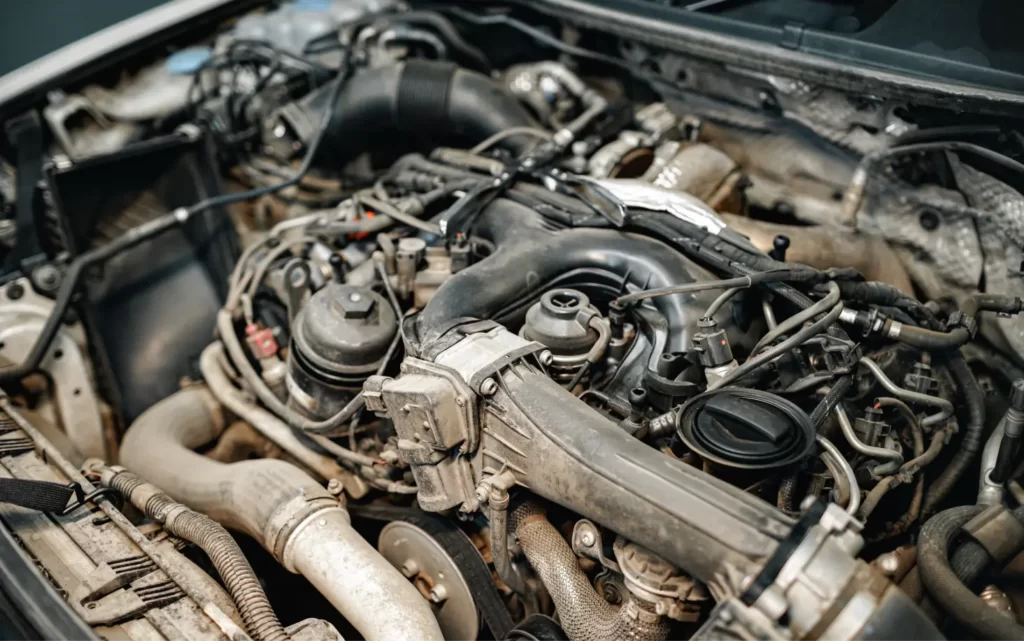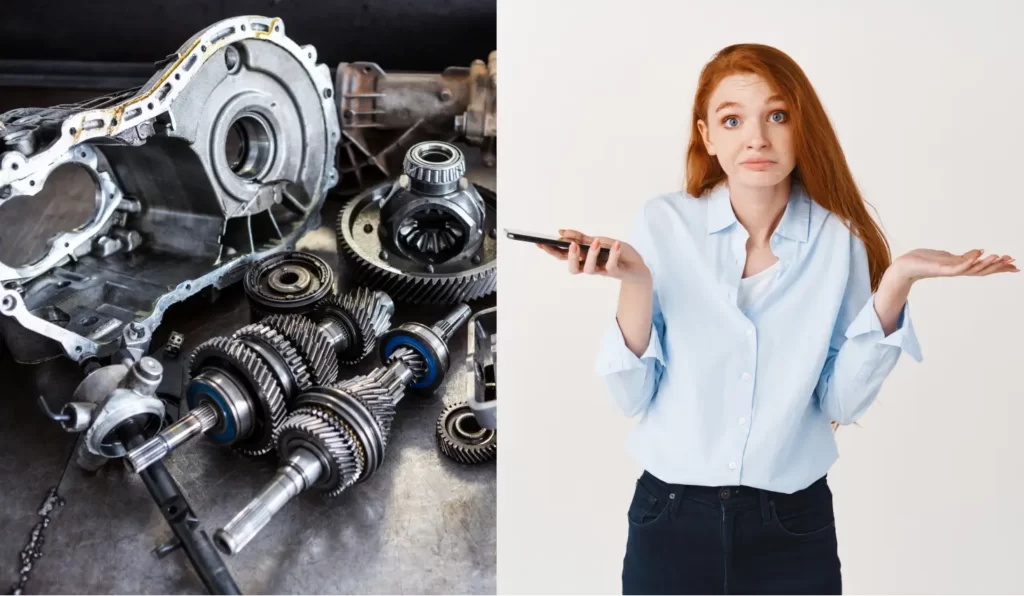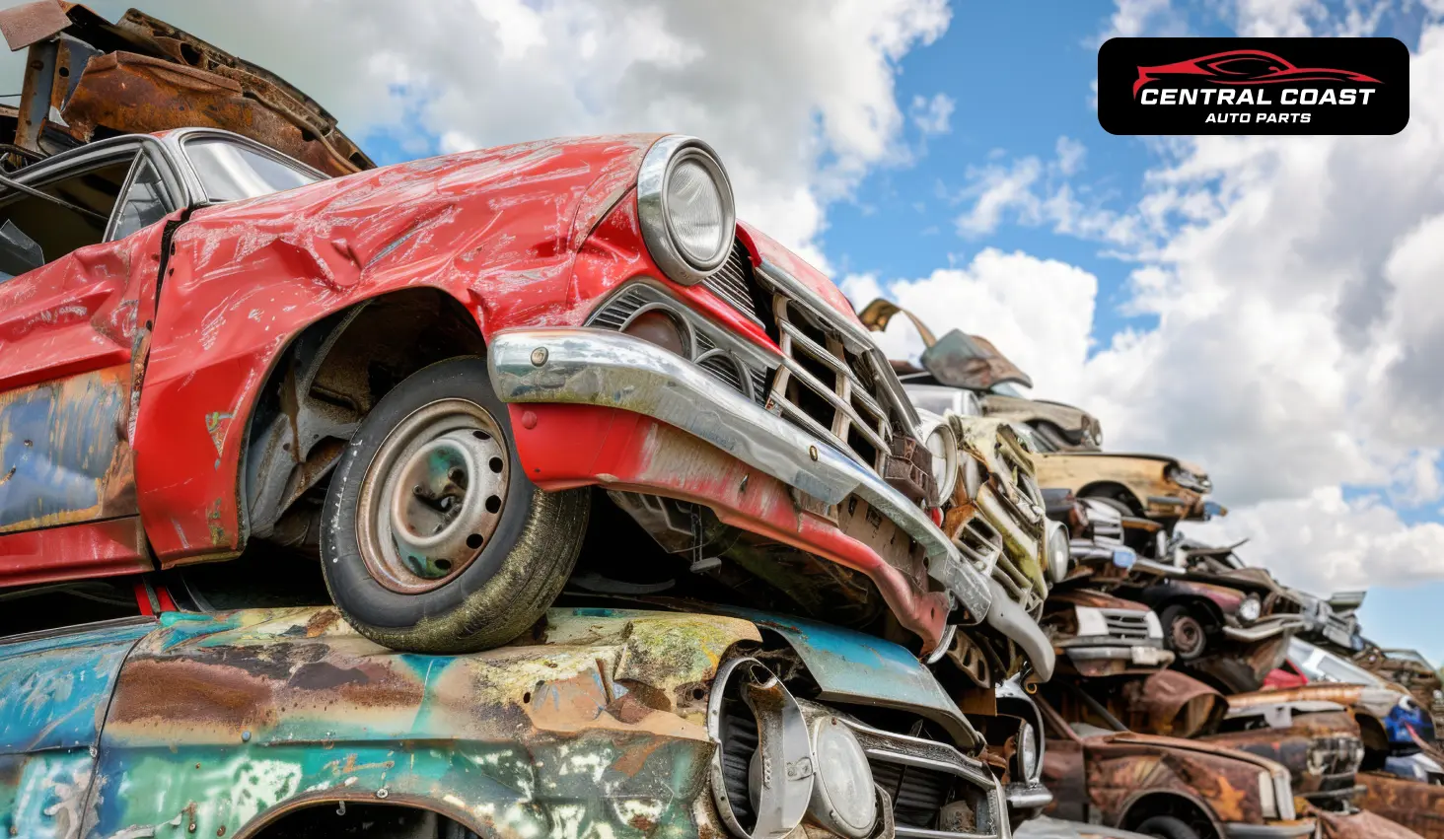Buying used car parts can be a cost-effective way to keep your vehicle in top condition. However, it’s crucial to ensure that the parts you purchase are in good working order and compatible with your vehicle. Here’s a step-by-step guide on how to inspect a used car part before making a purchase

1. Check for Visible Damage
The first step in inspecting a used car part is to look for any visible signs of damage. Cracks, rust, and excessive wear are red flags that the part may not be in good condition. When you buy from a reputable supplier like Central Coast Auto Parts, you can trust that the parts have been thoroughly checked for quality, but it’s always good practice to inspect them yourself.
2. Verify the Part Number
Before purchasing, verify that the part number matches the one you need for your vehicle. Using the wrong part can lead to further issues down the road. If you’re unsure, you can consult your vehicle’s manual or contact Central Coast Auto Parts for assistance in finding the correct part.
3. Test the Functionality
Whenever possible, test the functionality of the part. For example, if you’re buying a used alternator, you may want to check if it generates power correctly. For electrical components, consider using a multimeter to ensure they are functioning properly. Trusted suppliers like Central Coast Auto Parts often provide warranties on their used parts, giving you added peace of mind.
4. Ask About the Part’s History
Understanding the history of a used car part can give you insights into its remaining lifespan. Ask the seller about the mileage on the part and whether it has been refurbished or reconditioned. At Central Coast Auto Parts, we are transparent about the condition of our parts and provide detailed information to help you make an informed decision.
5. Inspect the Fit
Make sure the part will fit your vehicle properly. Even if the part is in excellent condition, it’s of no use if it doesn’t fit. Double-check the dimensions and compare them with your existing part. If you’re buying in person, try to bring your old part with you for comparison. When purchasing online from Central Coast Auto Parts, you can rest assured that our team will help you find the perfect match for your vehicle.
Conclusion
Inspecting a used car part before buying is essential to ensure you’re getting a quality product that will perform as expected. By following these steps, you can avoid potential pitfalls and make a purchase with confidence. Remember, buying from a trusted supplier like Central Coast Auto Parts ensures you receive high-quality parts with the support you need to make the right choice. Whether you’re looking for a rare component or simply want to save money on repairs, taking the time to inspect used car parts will pay off in the long run.
FAQ
Start by visually inspecting the part for any obvious signs of damage, such as cracks, dents, rust, or wear and tear. Look for any missing components, and ensure the part appears structurally sound.
Check the part number and compare it with the original part from your vehicle. You can also refer to your vehicle’s manual or consult a mechanic to ensure compatibility.
Yes, look for excessive rust, corrosion, or any worn-out surfaces, especially on moving parts like gears or bearings. Signs of heavy wear could indicate that the part may not last long once installed.
For electrical parts like alternators or starters, ensure there are no burnt wires or connectors. If possible, ask the seller if the part has been tested and if it’s in working condition. A multimeter can also be used to check for continuity in some electrical components.
Yes, mileage is an important factor. Parts from vehicles with lower mileage tend to have less wear and are generally more reliable. Ask the seller about the mileage of the vehicle from which the part was removed.
Look for signs of reconditioning, such as new paint, replaced components, or any markings indicating refurbishment. A refurbished part can often be a good option, but ensure the refurbishing has been done professionally.
Inspect moving parts for smooth operation without excessive play or grinding. For seals, check for leaks or cracks. If possible, manually rotate or move the part to feel for resistance or irregularities.
Surface rust is not always a deal-breaker, especially if it’s minor and doesn’t affect the part’s structural integrity. However, deep rust, especially on crucial components, can be a sign of significant wear and potential failure.
Yes, always inquire about any warranties or return policies. A warranty provides added security in case the part fails after installation.





